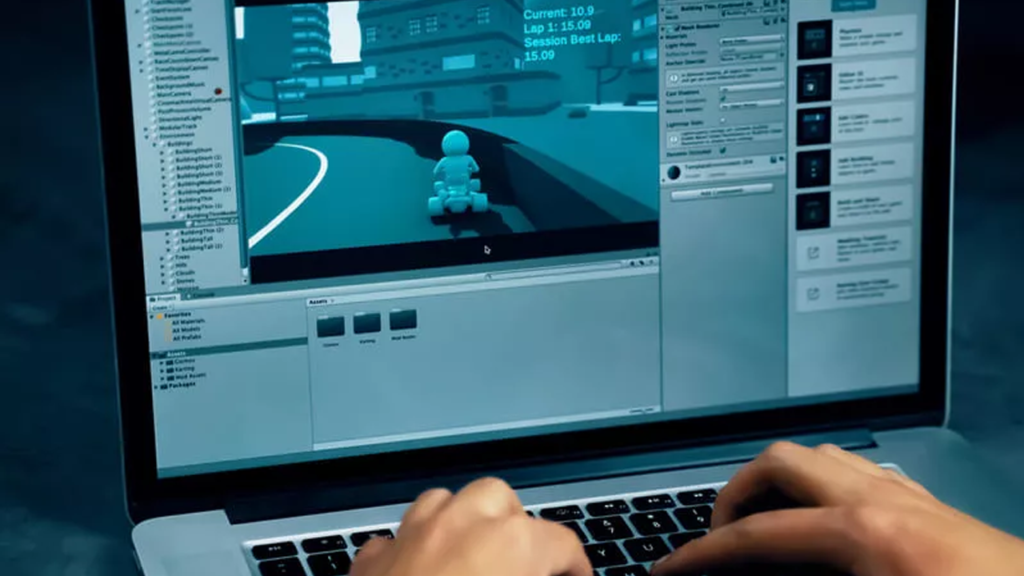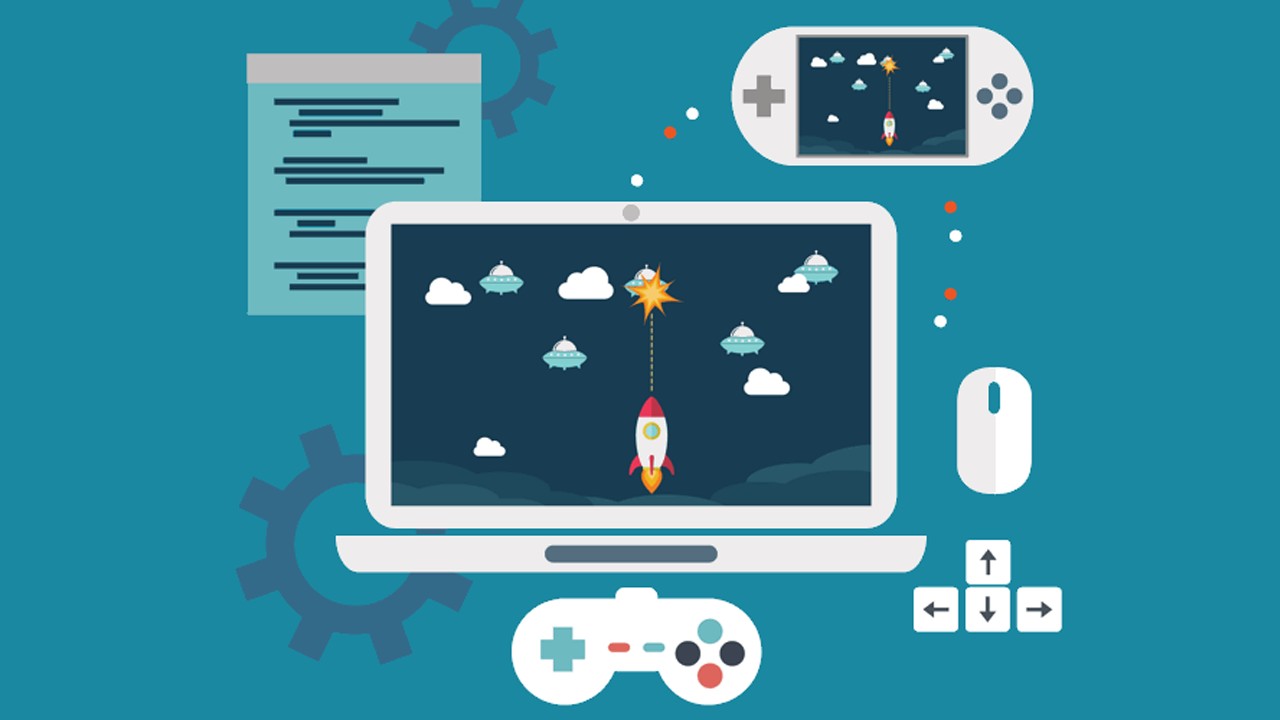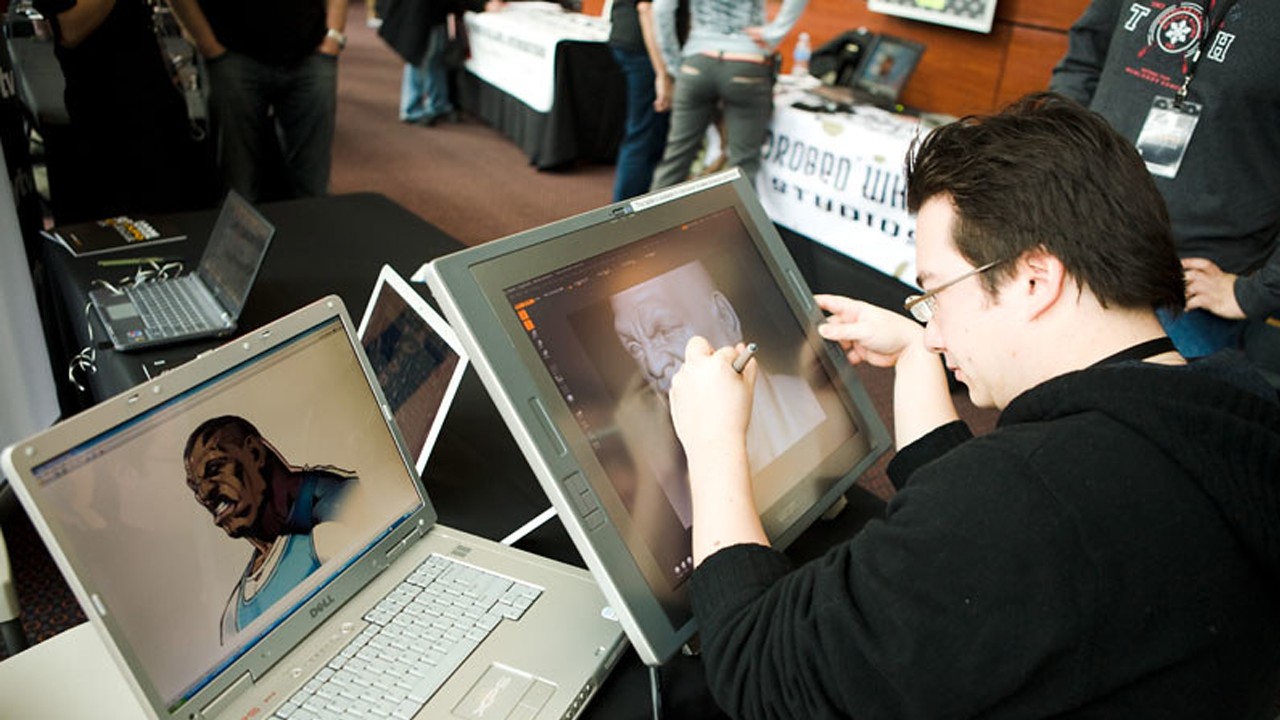Embarking on the journey of game development is akin to setting sail on a vast, creative sea. Each phase of the process is crucial, but it all begins with an initial, often overlooked step that sets the foundation for everything that follows. What exactly is this first phase, and why is it so vital to the success of a game? This article delves into the genesis of game creation, uncovering the essential elements that kickstart the development process and shape the path toward bringing imaginative worlds to life.
Understanding Conceptualization and Ideation
The first phase of game development, often referred to as conceptualization and ideation, is crucial for laying the foundation of any successful game. This stage is all about brainstorming and the generation of ideas. It’s where creativity and innovation come to the forefront, allowing developers to dream up the worlds, characters, and stories that will captivate players. The primary goal during this phase is to come up with a core game concept that is not only unique but also viable and engaging.
During conceptualization, developers and designers collaborate to outline their vision for the game. This involves extensive research, including market analysis to ensure the concept has potential to stand out in a crowded marketplace. Ideation, on the other hand, delves deeper into fleshing out the game’s mechanics, storyline, and aesthetics. It’s a process filled with brainstorming sessions, sketching, and prototyping to gradually refine the initial concept into a more detailed and executable game plan.
One of the key challenges at this stage is balancing creativity with feasibility. Developers must ensure that their ambitious ideas can be realistically implemented within the constraints of time, budget, and technology. Effective communication and collaboration among team members are essential to navigate this phase successfully. By the end of the conceptualization and ideation stage, the team should have a clear, documented vision of what the game will be, including its target audience, gameplay mechanics, narrative, and artistic direction.
- Market analysis to identify unique opportunities
- Brainstorming sessions for creative idea generation
- Sketching and prototyping to visualize concepts
- Refining game mechanics and storylines
- Documenting the game’s vision and development plan
This initial phase is not just about coming up with a great idea; it also involves validating that the idea can be transformed into a playable, enjoyable, and marketable game. It sets the direction for all subsequent development efforts, making it arguably the most critical stage in the game development cycle. A well-executed conceptualization and ideation phase can significantly increase the likelihood of a game’s success, as it ensures that the project begins with a strong foundation rooted in originality, appeal, and practicality.
Crafting the Game Design Document (GDD)
The Game Design Document (GDD) is the cornerstone of any game development process, serving as a blueprint that guides the entire team through the intricate journey of bringing a game from concept to reality. It is the first and most critical phase in game development, where the vision of the game is clearly defined and detailed. The GDD outlines not only the game’s concept but also its genre, gameplay mechanics, story, characters, assets, and the technology required to bring it to life. This document is dynamic, constantly evolving alongside the game it describes.
Creating a comprehensive GDD demands a deep understanding of the game’s intended audience and the unique experiences the game aims to deliver. It involves collaboration among different disciplines, including game designers, artists, programmers, and marketers, to ensure that the document reflects a holistic view of the project. The GDD acts as a communication tool, ensuring that all team members share a common understanding of the game’s objectives and how they will be achieved. This alignment is crucial for maintaining the project’s direction and focus, especially in the face of inevitable challenges and changes during development.
Deep Dive into the GDD’s Components

The Game Design Document encompasses various sections, each dedicated to a specific aspect of the game’s development. These include the game’s story, character descriptions, game mechanics, level designs, art and sound specifications, user interface designs, and the technical architecture required. Understanding and meticulously detailing each component ensures that the game development team has a clear roadmap to follow, significantly reducing the potential for misinterpretation and misalignment amongst team members.
Enhancing Collaboration Through the GDD
One of the lesser-discussed yet vital roles of the GDD is in enhancing team collaboration and cohesion. By providing a detailed reference, the GDD helps in minimizing discrepancies in team members’ understanding of the game. It becomes a central point of reference for resolving disputes, making decisions, and adapting to changes, which are common in the game development lifecycle. This shared document ensures that everyone, from developers to designers, moves in unison towards a shared vision, making the GDD not just a document, but a tool for fostering teamwork and innovation.
- Game Concept and Genre
- Storyline and Character Descriptions
- Gameplay Mechanics
- Level Design and Environment
- Art and Sound Specifications
Initial Prototype Development
The journey of game development embarks with a crucial step known as Initial Prototype Development. This phase is pivotal as it transforms the conceptual framework into a tangible, interactive model. The prototype serves as a foundational stone, allowing developers to explore the feasibility of their ideas, gameplay mechanics, and overall vision for the project. It’s a sandbox where creativity meets technical prowess, enabling the team to iterate, refine, and sometimes pivot, ensuring that the core game mechanics are fun, engaging, and technically viable.
During this phase, developers focus on creating a simplified version of the game, which encapsulates the essential features and gameplay elements. This allows for the identification of potential issues early on, significantly reducing the time and resources required for later adjustments. The prototype is not about polished graphics or complete levels; it’s about functionality and the core gameplay loop. Success in this stage is measured by the prototype’s ability to convey the intended player experience and validate the game concept’s appeal and feasibility.
Effective prototype development often involves rapid prototyping tools and technologies, which allow for quick iterations and adjustments based on feedback. This iterative process is fundamental, as it guides the development team through a cycle of testing, learning, and refining. By embracing flexibility and a willingness to adapt, developers can overcome unexpected challenges, leading to a more refined and compelling game. Ultimately, the initial prototype is a critical milestone that paves the way for all subsequent development stages, laying the groundwork for a potentially successful game.
Further Insights into Initial Prototype Development
Delving deeper into the prototype development phase, it becomes evident that this early stage is not just about testing gameplay mechanics but also about validating the game’s concept against the target audience’s expectations and preferences. This validation is crucial for ensuring the game’s market viability and appeal. Engaging with the gaming community early, through forums or social media, can provide invaluable feedback that shapes the game’s direction. Moreover, this stage often involves setting up the basic technical infrastructure for the game, such as choosing the right game engine and establishing a scalable architecture, which are crucial decisions that affect the entire project lifecycle.
| Step | Focus Area | Outcome |
|---|---|---|
| 1 | Conceptualization | Game idea and core mechanics defined |
| 2 | Tool Selection | Game engine and development tools chosen |
| 3 | Prototype Creation | Basic playable version developed |
| 4 | Feedback Loop | Initial testing and community feedback |
| 5 | Refinement | Gameplay and mechanics adjustments |
This table provides a snapshot of the critical steps involved in initial prototype development, highlighting the importance of each phase in laying a solid foundation for the game’s future development. By meticulously navigating through these steps, developers can significantly enhance the game’s chances for success, creating a compelling experience that resonates with players.
Establishing Core Gameplay Mechanics

The first phase of game development is crucial, and at its heart lies the process of establishing core gameplay mechanics. This foundational step involves defining the rules, strategies, and player interactions that form the essence of the game experience. Without a solid foundation in gameplay mechanics, a game can feel aimless or unengaging, no matter how impressive its visuals or narrative might be. Therefore, understanding and refining these mechanics is paramount to unlocking the door to success in game development.
At this stage, developers focus on creating a playable prototype that encapsulates the core mechanics. This prototype does not need to feature advanced graphics or a fully developed story; instead, its purpose is to test and refine the gameplay loop – the series of actions that players will engage in repeatedly throughout the game. Feedback during this phase is critical, as it allows developers to identify what works, what doesn’t, and what can be improved. Iteration is key, with each cycle bringing the game closer to its ultimate vision. Among the elements to be fine-tuned are the control scheme, game physics, and challenge level, ensuring that they all work together to create an enjoyable and immersive experience.
Moreover, establishing core gameplay mechanics also involves deciding on the game’s genre, setting clear objectives for the player, and creating a balanced system of rewards and penalties. This foundation supports not only the player’s enjoyment but also the narrative and visual design teams, who can build upon a clearly defined gameplay structure. As such, the initial phase of game development is not just about laying down the rules but about crafting the very soul of the game.
- Defining the game’s objectives and end goals.
- Designing the control scheme and player interactions.
- Establishing the rules of the game world and physics.
- Creating a balanced challenge level for players.
- Iterating based on feedback to refine gameplay mechanics.
Understanding the importance of core gameplay mechanics is essential for anyone embarking on the journey of game development. These mechanics are not just the rules or systems within the game, but they are what make the game engaging and enjoyable for the player. They dictate how the player interacts with the game world, how they overcome challenges, and ultimately, how they derive satisfaction from their achievements. Therefore, establishing strong, intuitive, and fun gameplay mechanics is the first and most crucial step in creating a successful game.
Art and Storyboard Creation
The genesis of any game development project lies deeply rooted in its art and storyboard creation. This initial phase is critical as it sets the visual and narrative tone for the entire project. Artists and storyboard artists collaborate closely to bring the game’s world to life, meticulously crafting character designs, environments, and the pivotal scenes that drive the game’s story forward. It is during this stage that the foundational aesthetic and thematic elements of the game are established, providing a visual blueprint that will guide subsequent development efforts.
Storyboard creation, in particular, serves as a narrative roadmap, offering a frame-by-frame breakdown of the game’s plot. It’s a tool that allows for the visualization of complex scenes and helps in determining the flow of the game’s story. This careful planning ensures that the narrative is coherent and that it aligns with the gameplay mechanics and goals. The collaboration between the art and narrative teams is essential at this point, as it ensures that the visual elements perfectly complement the story being told, enhancing the player’s immersion and emotional connection to the game.
Moreover, the art phase is not just about creating visually appealing elements but also about setting the mood and atmosphere of the game. Color palettes, lighting, and texture work all come together to evoke specific emotions and reactions from players, further drawing them into the game’s world. This stage is where the game begins to take on a life of its own, transitioning from abstract ideas into a tangible, engaging experience.
Essential Elements in Game Art and Storyboard Development
- Character Design and Development
- Environment and World Building
- Scene Layout and Composition
- Narrative Flow and Pacing
- Mood Setting through Color and Lighting
In conclusion, the art and storyboard creation phase is a foundational element of game development that cannot be underestimated. It represents the first tangible step towards bringing a game from concept to reality, laying down the visual and narrative groundwork upon which all subsequent development is built. As such, it demands a high level of creativity, technical skill, and interdisciplinary collaboration to ensure the final game is not only visually captivating but also narratively engaging.

Is a game developer and writer with over seven years of experience in the gaming industry. Specializing in game design, development trends, and emerging technologies. He has worked on indie game projects and larger development teams, sharing his insights to help aspiring developers navigate the evolving world of game creation. Ethan’s articles focus on practical tips, game mechanics, and tools to inspire creativity in the gaming community.






